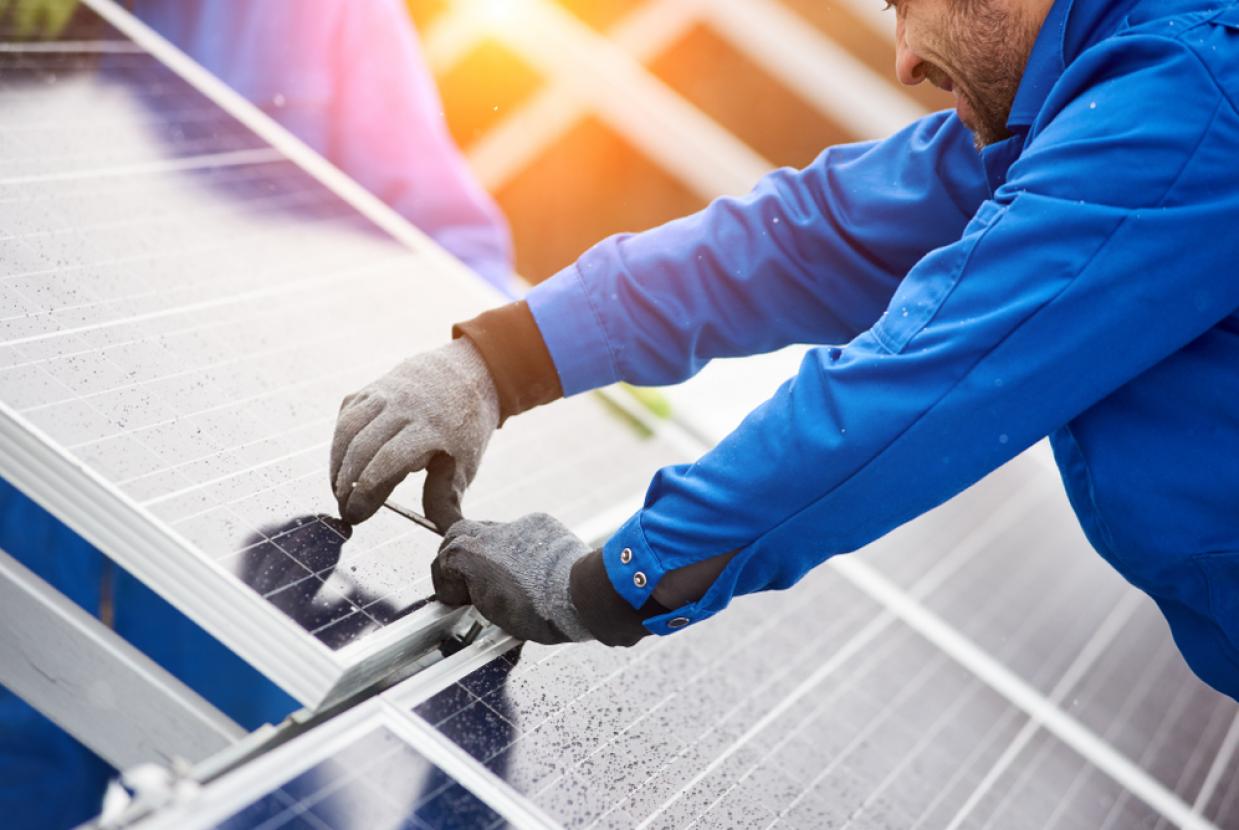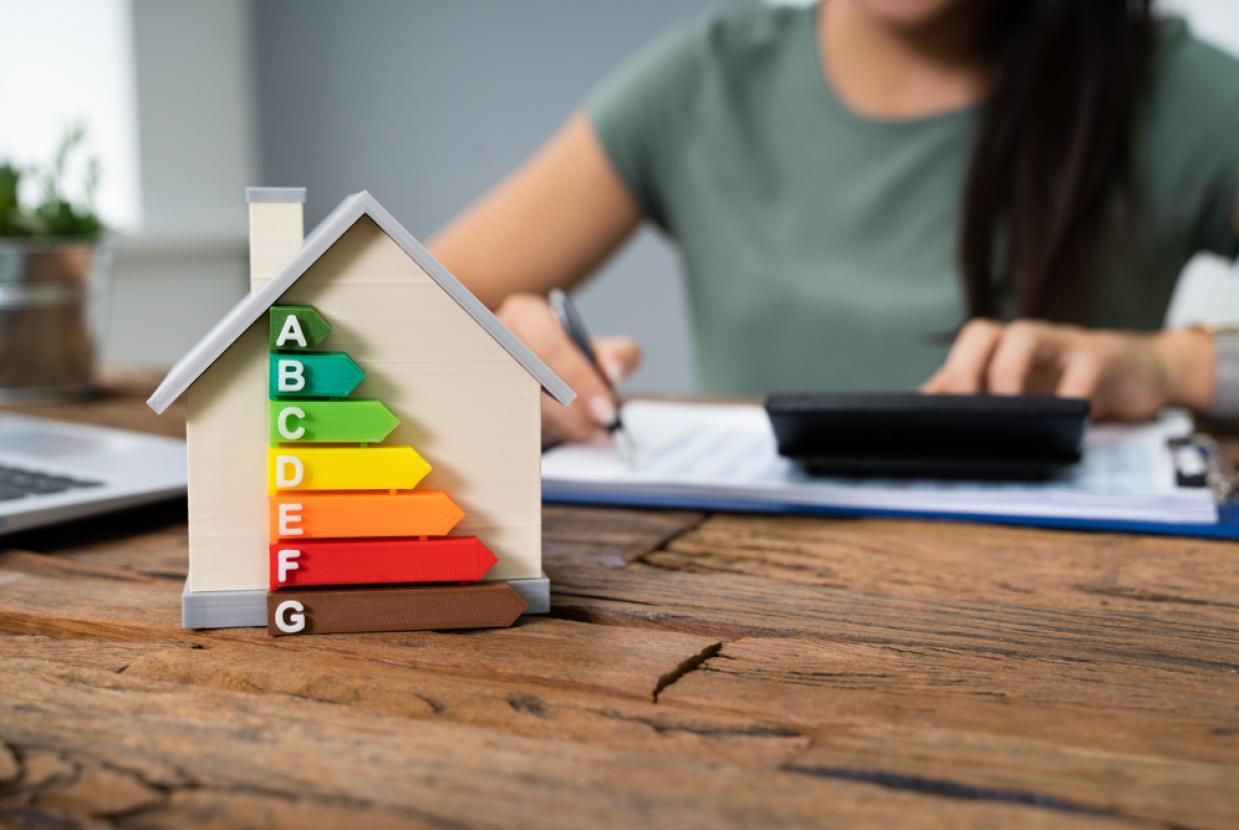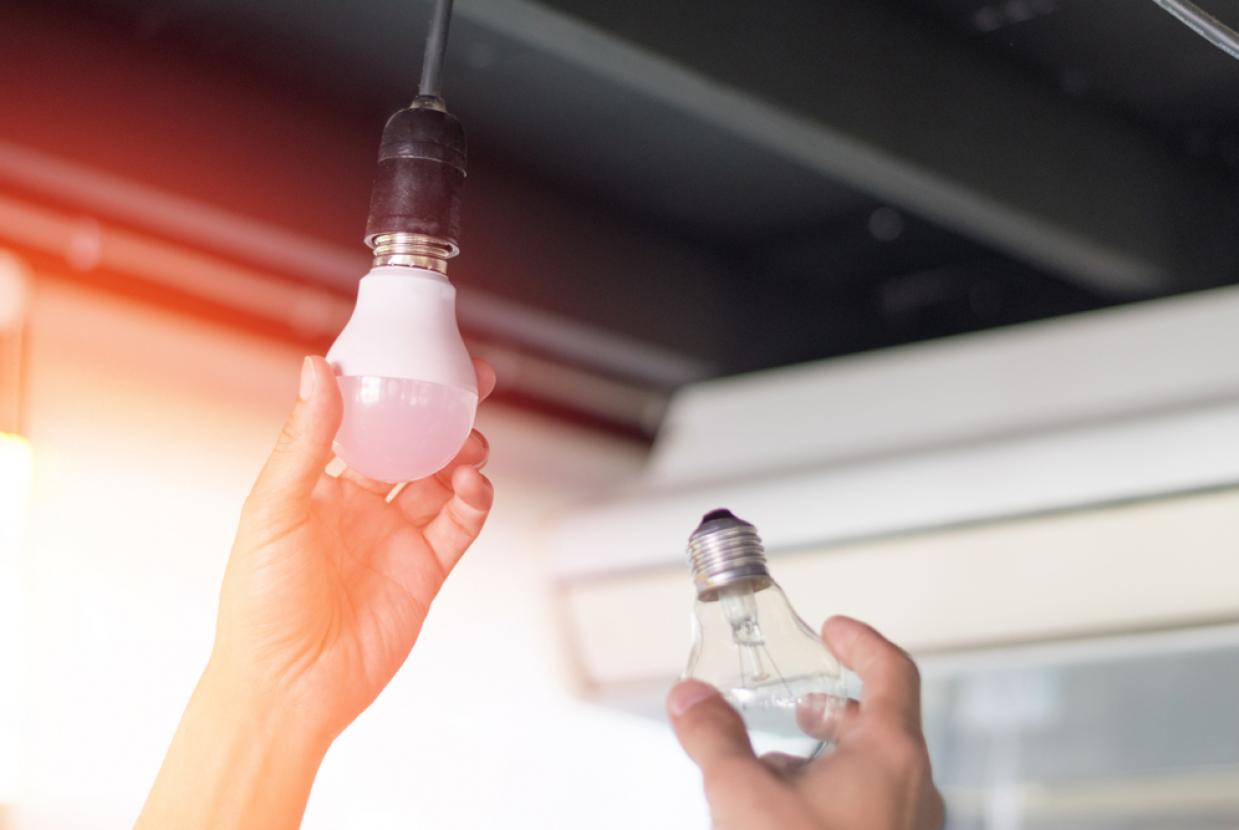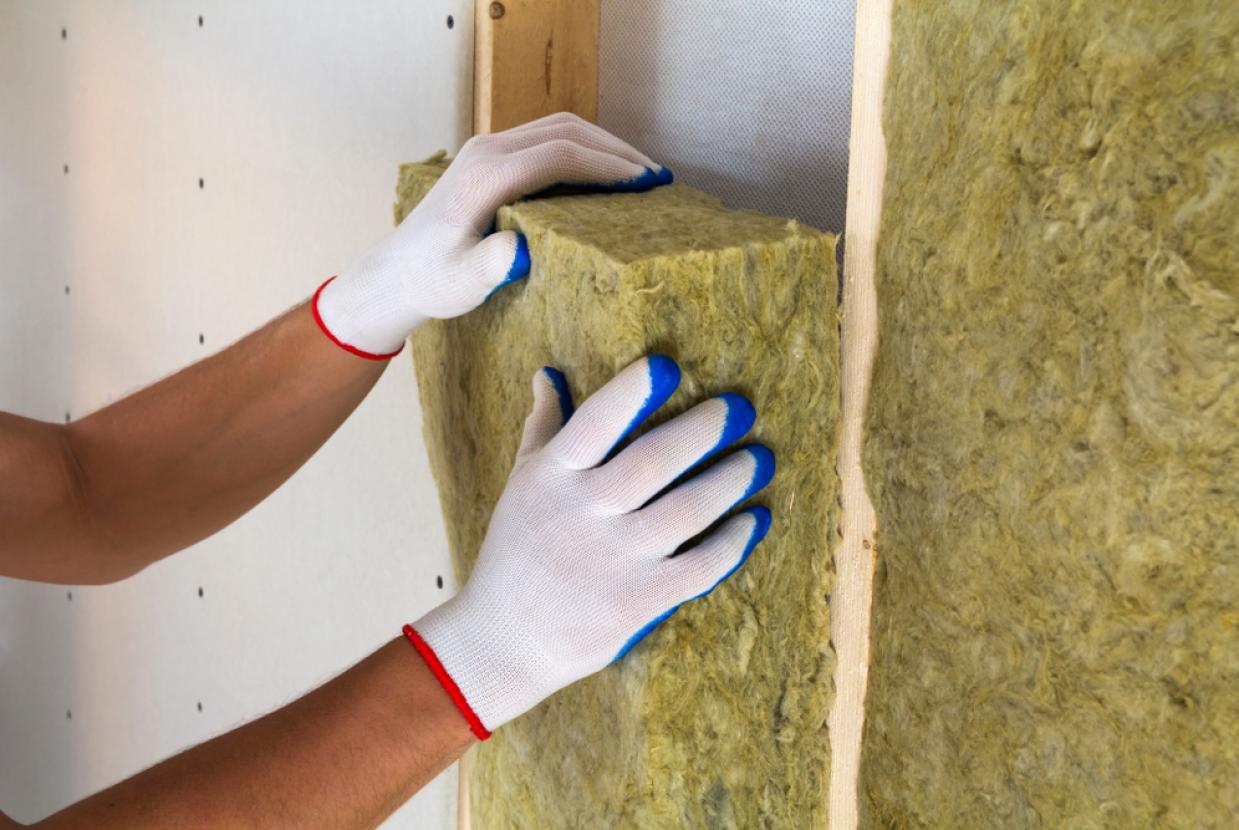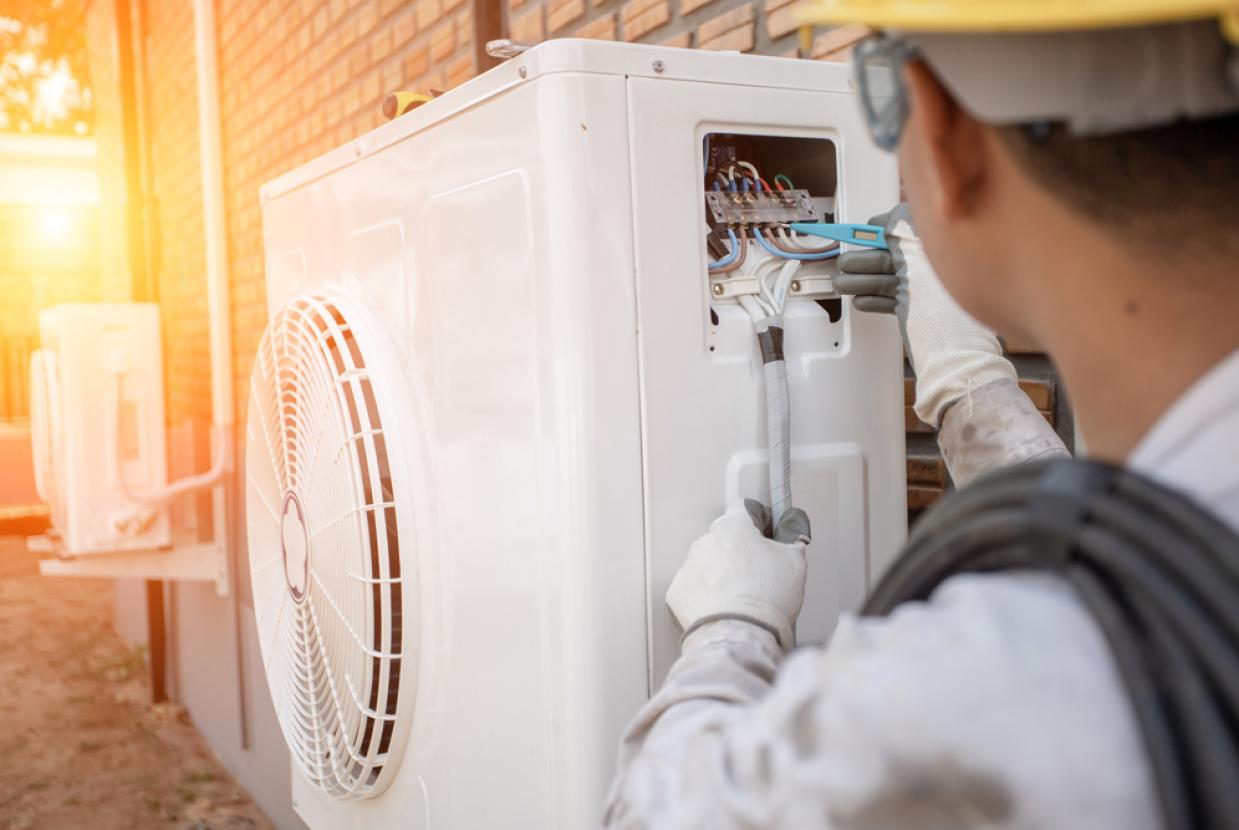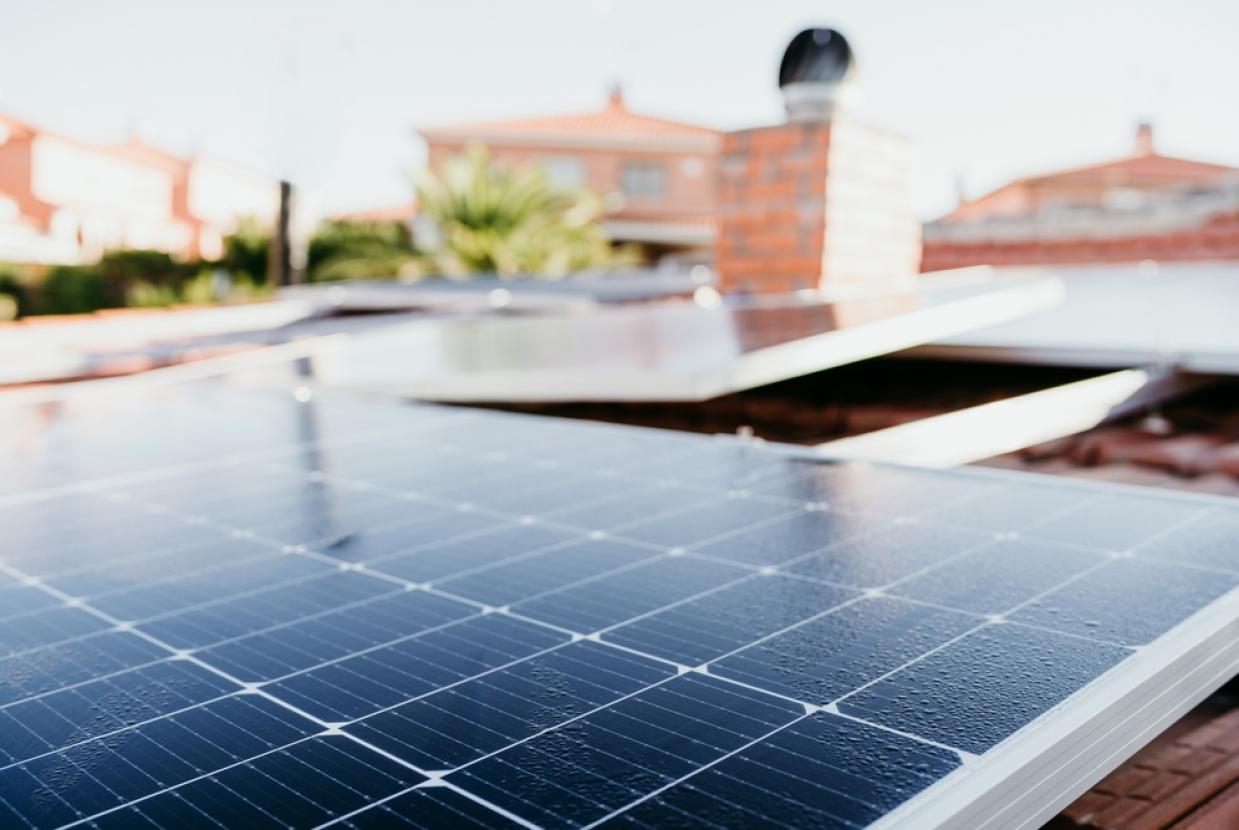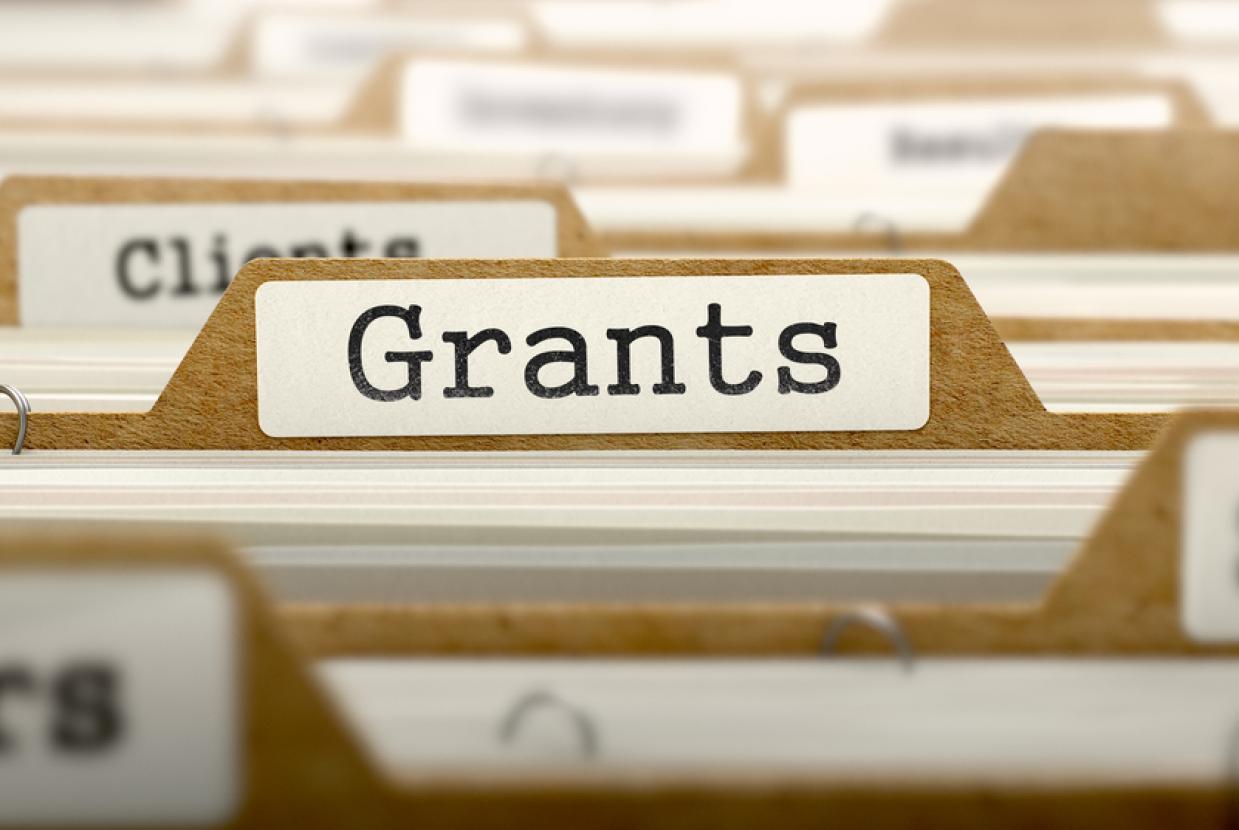Renewables
Hydropower
Hydropower or hydroelectricity, generated from dams, sluices and mill wheels, was used for many years to generate electricity in a local area. This method of generation generally disappeared with the introduction of the electricity grid.
Suitability for your property
With improvements in generator technology, small 'micro hydro' is being considered again. The viability of the installation will depend on whether there is enough water flowing per second and the height or ‘head’ that it falls from.
There should also be enough residual flow to maintain the water course. Various consents and licences are required for a hydro project.
Remember to insulate first
You should make sure that your property is properly insulated before installing renewable technologies.
Next steps
NI Energy Advice offers independent and impartial energy advice to domestic householders in Northern Ireland - plus referrals to energy grants and other sources of help.
Wind
Modern wind turbines use the wind to turn aerodynamically shaped blades on a rotor which creates electricity. Northern Ireland has one of the best wind resources in Europe.
Choosing the right technology
Different green energy technologies are more suited to some types of homes than others. Find out whether wind power is right for you, or whether you should be considering another technology, like solar power or micro combined heat and power.
How wind turbines work
Small-scale wind power is particularly suitable for remote locations where conventional methods of electricity supply are expensive or impractical.
Individual wind turbines vary in size and power output from a few hundred watts to two or three megawatts (one megawatt equals 1,000 kilowatts). A typical domestic system for a home would be 2.5 to six kilowatts (kW), depending on the location and size of the house.
Most small wind turbines generate direct current (DC) electricity and store it in a battery. The DC electricity needs to be converted to AC (alternating current) for mains electricity. You also need a controller to divert power to another useful source (such as space and/or water heaters) when the battery is fully charged.
Wind systems can be installed where there is already a connection to the national grid. A special inverter and controller converts DC electricity to AC. Any unused or excess electricity can be exported to the grid and sold to the local electricity supply company.
It's common to run this system with a diesel generator for use during periods of low wind speeds. A mixed wind and diesel system gives greater efficiency and flexibility than a diesel-only system.
Positioning a turbine
It's best to have the turbine high on a mast or tower, as wind speed increases with height. The ideal site is a hill with a flat, clear exposure, free from strong turbulence and obstructions like large trees, houses or other buildings.
Small scale building integrated turbines are now available to install in homes and other buildings. These can be mounted on gable walls and are rated at 1KW to 1.5KW depending on the model. It is important to find out the structural stability of the wall where the turbine is to be anchored.
Ideally, you should carry out a professional assessment of the local wind speed for a full year at the exact location where you plan to install a turbine before proceeding. This is because the electricity generated is highly dependent on the speed and direction of the wind. Planning approval is needed. In certain circumstances, noise from the turbine blades could potentially cause problems with adjoining neighbours.
Cost of wind turbines
Costs would include the turbine, mast, inverters, battery storage (if needed) and installation. But it's important to remember that costs always vary depending on location and the size and type of system.
Maintenance
Wind turbines can have a life of up to 22.5 years, but require service checks every few years to make sure they work efficiently. For battery storage systems, typical battery life is around six to ten years, depending on the type, so batteries may have to be replaced at some point in the system's life.
Insulate first
You should make sure that your property is properly insulated before installing renewable technologies.
Biomass
Biomass is a collective term for all plant and animal material like wood, straw and poultry litter, and energy crops, such as willow, grown on short rotation coppice, which are burned to produce energy.
Suitability of biomass for your home
The most popular form of domestic biomass system uses wood pellets which are formed from highly compressed, uncontaminated sawdust. In order to be regarded as a renewable source of energy it is important that the wood burned comes from a sustainable source and that trees used for fuel are replanted.
Wood pellet systems are available either as stoves for heating a single room or as boilers to provide full central heating and hot water. Pellets can be supplied in 10kg bags but for maximum economy it is better to buy them loose by the tonne. Storage space for pellets therefore is something that needs to be considered.
Insulate first
You should make sure that your property is properly insulated before installing renewable technologies.
Next steps
NI Energy Advice offers independent and impartial energy advice to domestic householders in Northern Ireland - plus referrals to energy grants and other sources of help.
For more information on renewable energy sources, click here.


